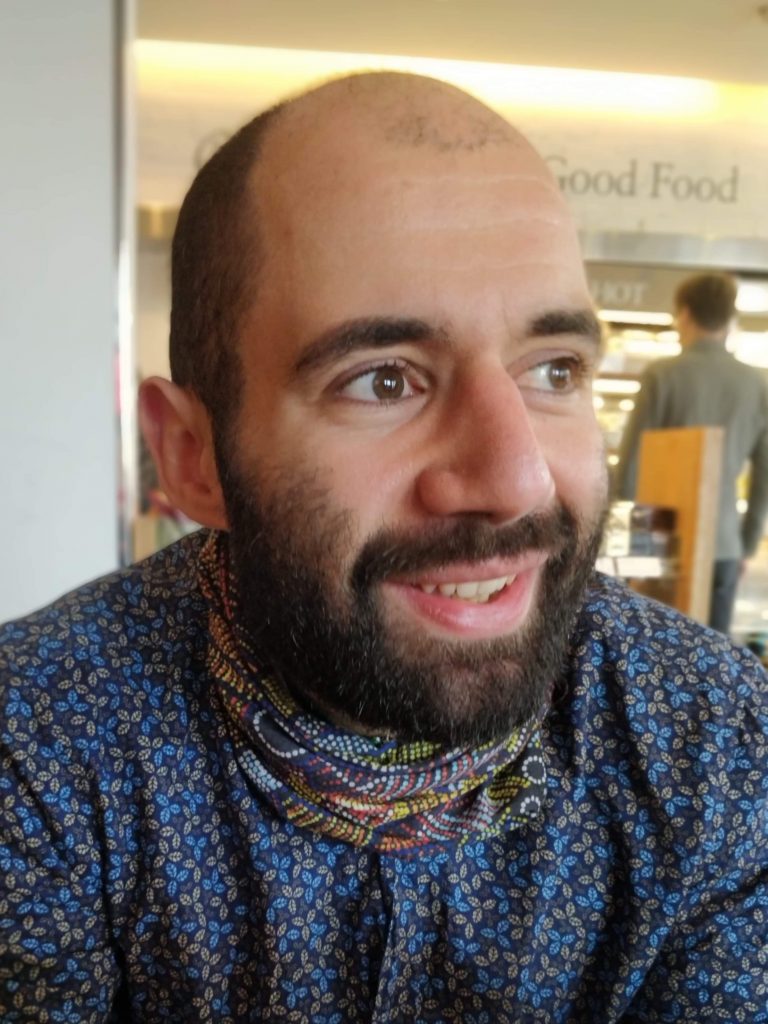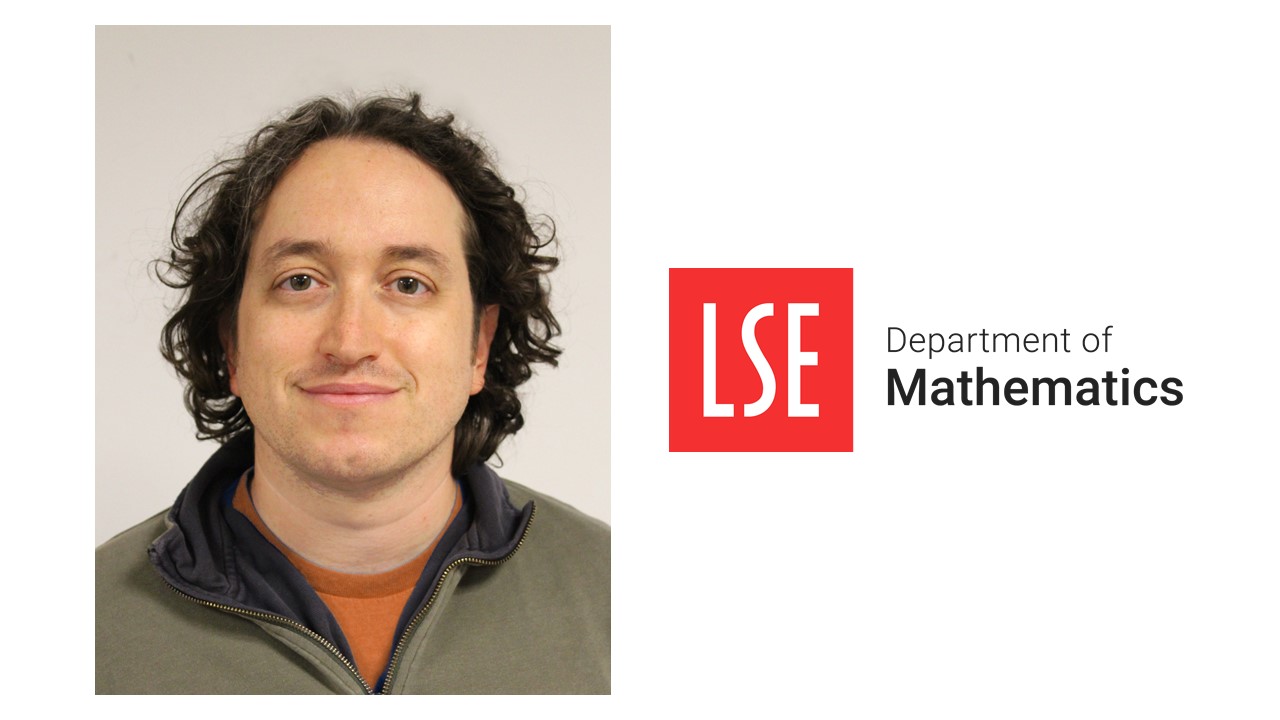 Emilio Pierro joined the Department as an LSE Fellow in September 2020, but has been a Guest Teacher in the Department over the years. Emilio is part of the Discrete Mathematics and Algorithms Group, and has previously held research positions at Bielefeld University and the University of Western Australia.
Emilio Pierro joined the Department as an LSE Fellow in September 2020, but has been a Guest Teacher in the Department over the years. Emilio is part of the Discrete Mathematics and Algorithms Group, and has previously held research positions at Bielefeld University and the University of Western Australia.
In this post, Bento Natura finds out about Emilio’s research adventures and how chance encounters have led him to where he is today.
Emilio, can you tell us a little bit about yourself?
I’m born and raised in the UK, and my family is originally from Italy. I had a fairly typical academic career up to this point, having done my Bachelor’s and Master’s in Mathematical Sciences at the University of Birmingham. After, I took a few years out and got a job at the local Apple Store. I worked there for a couple of years, but the whole time still felt drawn to mathematics.
On a day out in Cambridge I bumped into somebody I knew from Birmingham. We sat in the pub for lunch and he was looking for a PhD student. I applied and got the position, so this conversation turned into the rest of my life.
During my PhD I met Bill Harvey through my research and we struck up a friendship. He ended up coming to my post-viva celebrations and brought his wife Michele along, who was a class teacher here in the Department at LSE. The Department loved her and at the time she was just retiring, leaving an opening. She put in a good word for me, I had an interview and then I was a class teacher for a year.
In that period, by sheer fluke, I got a postdoc in Germany at Bielefeld University, which was great, and then returned to LSE for a second stint. And again, out of nowhere, a job at the University of Western Australia in Perth appeared.
Serendipitous encounters seem to have a big influence on your career. Did that continue in Perth where the next big city is thousands of miles away?
If you want to go anywhere, you have to fly for a few hours or drive for a few days, so you are limited in some sense in what you can do. It was very different to living in Europe.
What was the academic culture like?
The department in Perth is so specialized and focused in the area I work in, so again it wasn’t a coincidence that I knew a few of my colleagues back from my days in the UK.
In Perth, we didn’t have many external speakers for a year and this was before Covid-19, so nobody ever thought we could just Zoom or Skype somebody in to give a talk. Most of the seminars were given by the department and the whole department is very collaborative. It’s one of the only places where most papers are authored by three or more authors, which is unheard of in other areas. In Bielefeld, in comparison, our research group all worked in slightly different areas of mathematics. My big two papers started from a random conversation in the corridor on the way to lunch with Dawid Kielak from the adjacent research group. It was again just by sheer fluke.
What is your research mainly about?
My research is in an area called group theory which anyone that has taken MA103 at LSE will have seen a little bit about, and even more if you took MA211. The best way of thinking about what a group is is as a measure of how symmetric an object is. It is the collection of all the symmetries that an object has.
Being a mathematician, you can make “object” as vague as you like. The first object you might look at is a triangle, or a square and here you see its symmetries quickly. But then you can get more complicated, for example you might think about the symmetries of a vector space. Ultimately it is what are the operations that I can apply to an object that preserve whatever it is I’m interested in preserving.
The “simple” groups are the atomic groups. If you think about the symmetries of a square or hexagon, then you’ve got two types of symmetries: rotations and reflections. Let’s say you understand how reflections work, so now you can work out how rotations work and somehow put those back together to get what the whole symmetry group is.
Essentially, the philosophy is I want to take my object and break it down into the smallest building blocks I can and those smallest building blocks, those are the simple groups.
Can you zoom in on what questions you precisely aim to answer?
Group theory is not studied in a uniform way. The first distinction that you can make is between finite groups and infinite groups. I started off researching finite groups but now study infinite groups as well. Finite groups are comparably well understood. If you use the same set of techniques used to study finite groups to study infinite groups, this breaks down; you cannot really see the “horizon” of these objects. It is a bit like studying a black hole: you have to launch something at the black hole and see what happens.
Then there are two ways that you can try and understand a group: you either understand it from the bottom up by understanding its subgroups or the structures inside the group; or you can try and understand it top down, by looking at “quotients” obtained by factoring out part of the group and seeing what happens. It’s as if I have a really complicated object I don’t understand, but I can shine a light on it from many different angles, and look at the shadows it casts. By looking at many different shadows, I may be able to get a good picture of what the whole group looks like.
Going back to the simple groups I mentioned earlier, in about 1985 the whole group theory community finished classifying all of them. This is something like the periodic table of finite groups. Before I went to Germany, my research was to understand the simple groups. Since simple groups do not have any quotients — these “shadows” — one is mainly interested in their subgroups, or other structural results about them, such as how they can be “glued together”.
In my work on infinite groups, one question one can ask is to what extent the shape of the group is determined by its various shadows. Combining these two areas, one can try to think about when these shadows themselves are simple, and this question was posed to me by Dawid. We have made progress in answering these questions.





